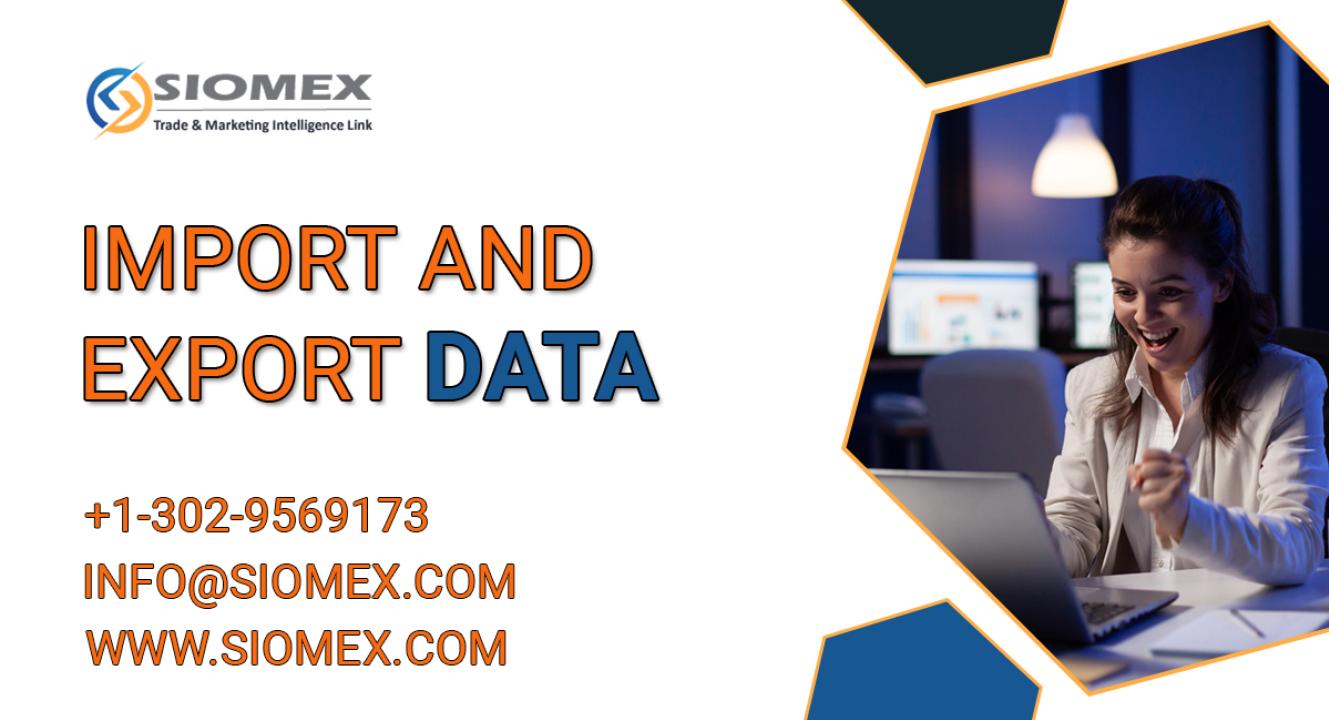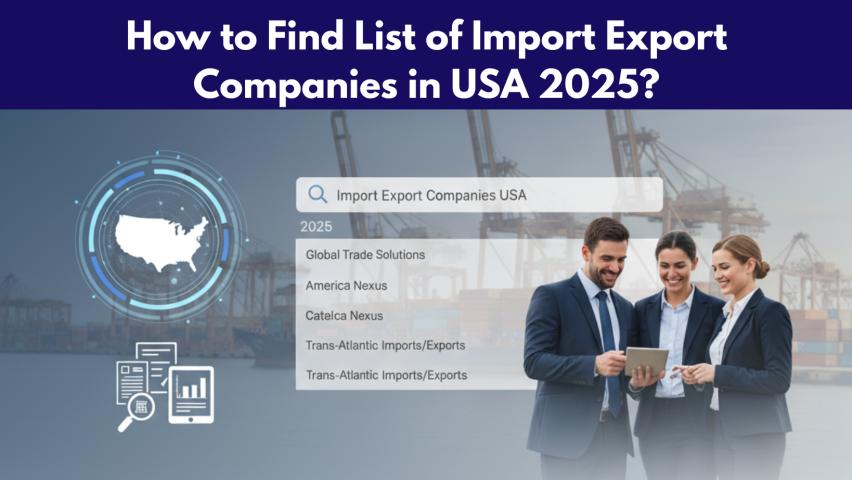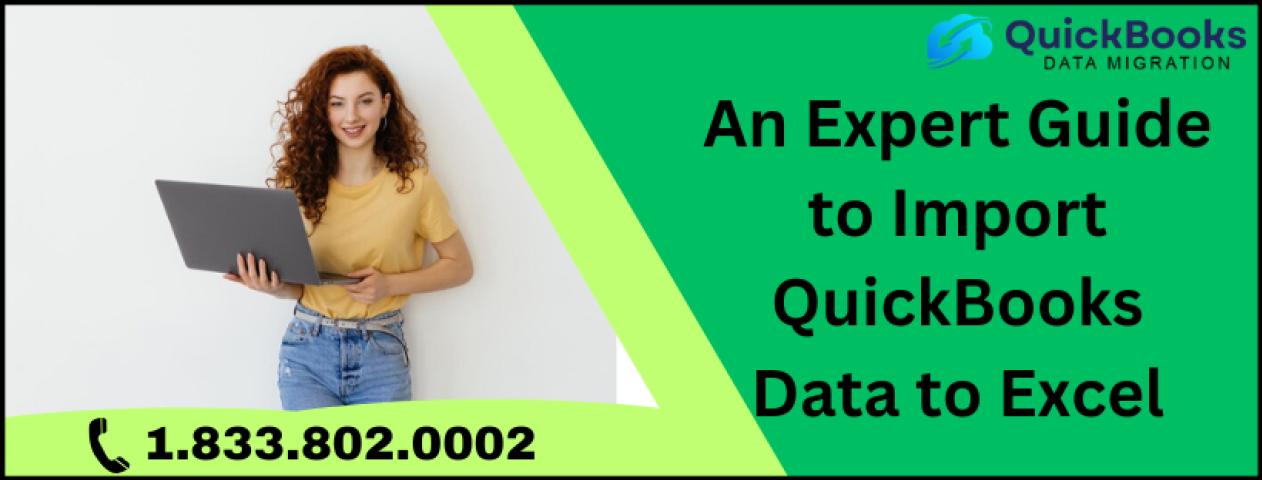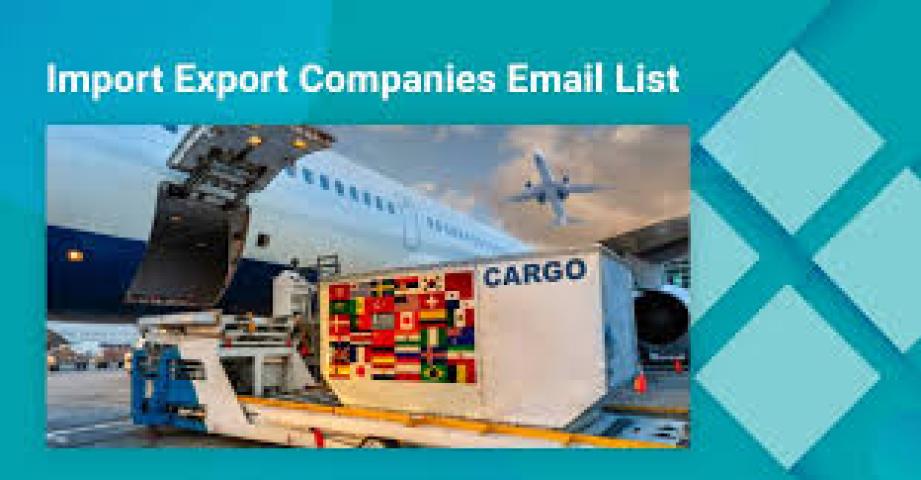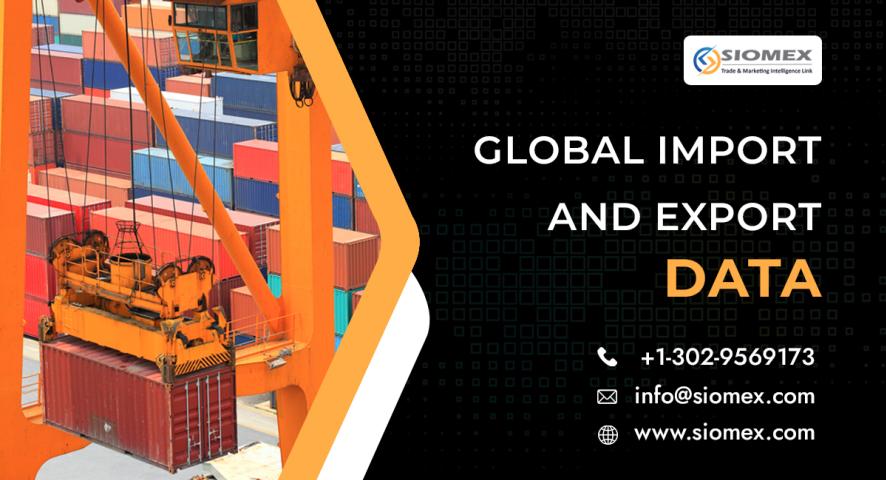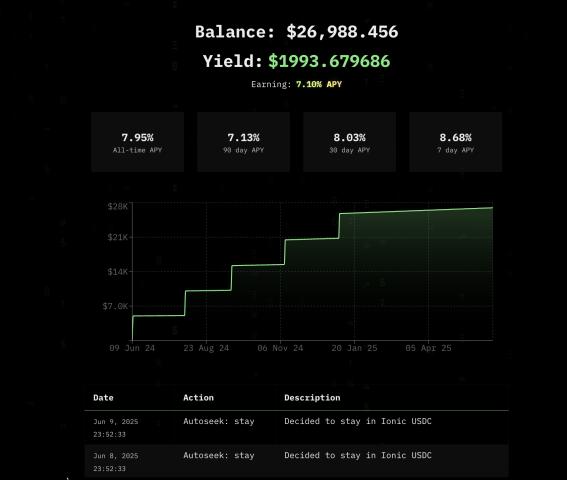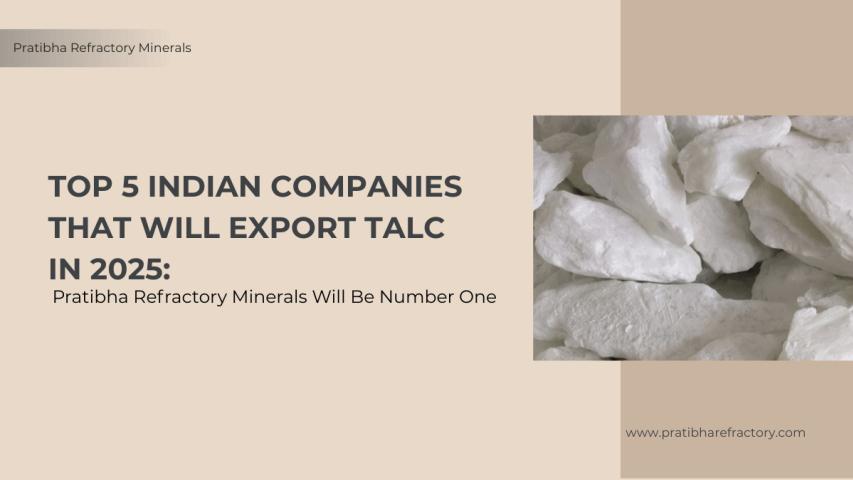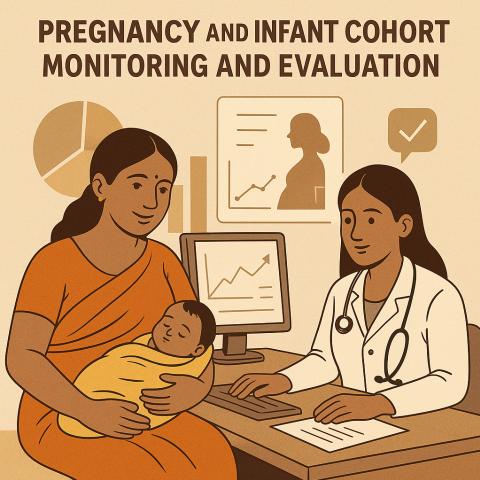Did you ever think about how some exporters always appear to know which
markets to export their goods to? It is not a matter of probability or
guesswork.
Most successful companies employ an intelligent tool customs
trade data to identify new export markets and expand quicker.
Let's learn what customs trade data is, how it assists, and
how you can employ it as well.
What Is Customs Trade Data?
Imagine customs trade statistics as a large notebook that
monitors what comes in and what goes out of a nation. When ever a product
crosses the border fruits, apparel, equipment, even plain toys it's noted down.
This information informs you about:
●
What was exported or imported
●
Who bought or sold them
●
How much they were paid for
●
When the shipment took place
This may seem like dull numbers, but believe me, it's gold
if you know what to do with it.
Why Is This Data Valuable to Exporters?
Suppose you produce cotton shirts in India. You are already
selling them to some local stores and perhaps one foreign customer. But you
would like more. You would like to know:
●
Which nations are purchasing cotton shirts?
●
How much they are purchasing?
●
Who are they purchasing from?
●
Can you provide lower prices or better quality?
This is where customs trade data is your good friend.
You don't have to travel abroad to other nations or spend a
fortune on market researchers. You just have to glance at the trade data and
identify the possibilities.
Real Life Example
Let's return to our shirt manufacturer of cotton. If you
check the customs statistics, you discover that most shirts are being shipped
from India to Germany, the USA, and South Africa.
You research further and discover:
●
Germany is importing a huge amount of cotton shirts but
primarily from Bangladesh.
●
The USA is importing Indian shirts, but the unit price
is exorbitant.
●
South Africa is emerging as a new market and is
purchasing more shirts every year.
Now you have choices.
●
You can sell to German buyers and demonstrate that you
provide superior quality.
●
You can target American buyers who are already
purchasing from India.
●
You can get into South Africa early and develop
long-term relationships.
You didn't make arbitrary assumptions. You followed the
data.
How It Helps You Find New Markets
Let's analyze it step by step:
1. Tells you Where the Demand Exists
Trade statistics indicate to you which nations are
purchasing your product. If you're exporting ceramic tiles, and you notice
consistent orders coming from the Middle East, that's your cue. The demand
exists.
2. Assists you in Discovering New Buyers
Some sources even provide you with buyers' names importing
firms and distributors. You can contact them directly rather than sending
emails to random individuals blindly.
3. Keeps You Updated
Markets are dynamic. A nation that imported mangoes from
Thailand last year may be ready for Indian mangoes this year based on price or
quality. Data keeps you on your toes.
4. Shows Competitor Activity
Need to know your competitor is exporting where? The
information tends to reveal that often too. You can get ideas for how they're
doing it and even make better offers to secure those buyers.
5. Saves Time and Money
No more costly trips or huge research teams. Just utilize
the data, and you see a clear picture of potential markets faster and cheaper.
How to Use the Data Without Feeling Overwhelmed
Okay, you're sold. But now you're wondering, "It sounds
helpful, but how do I use it in real life?"
Excellent question.
Here's a straightforward plan:
Step 1: Determine Your Product
Choose one product to export. Let's choose "leather
wallets."
Step 2: Examine Export Data
See what countries are importing leather wallets. See how
much they are importing and from which countries.
Step 3: Identify the Leading Countries
Write down the top 5 nations purchasing these goods in large
quantities.
Step 4: Examine the Details
Look at the company names importing those wallets. Find out
how much price they are paying. Compare your cost and profit margin with it.
Step 5: Connect
Email or send a message to the buyers identified in the
data. Introduce your business and provide samples or a catalogue.
And that's it. You've just entered a new market using trade
data.
Advantages of Utilizing Customs Trade Data
Let's simply recap the advantages once more:
Saves research time
Provides you with guidance—you don't fire in the dark
Displays actual trends, not estimates
Helps you locate buyers, not countries
Aids decision-making through facts
Remains one step ahead of competition
You don't have to be a large company to do this. Small and
medium-sized exporters can even utilize this to grow consistently.
Where Do You Find Customs Trade Data?
There are several platforms and websites that gather and
consolidate this data for you. A name you can rely on in this regard is Siomex.
They make all the numbers easy to understand and convert them into
read-friendly information.
Using Siomex, you can:
●
Search by product name
●
Filter by country
●
Find buyers' information
●
View pricing patterns
●
Obtain contact information
You don't have to be a technical wizard. It's made for
regular business people.
Tips for Utilizing Trade Data Sensibly
Don't view a single country compare several.
●
Monitor price trends to provide competitive prices.
●
Monitor seasonal variations. Some products sell better
in specific months.
●
Monitor the same product every few weeks to identify
new patterns.
●
Utilize buyer information wisely—don't spam, establish
a relationship.
Conclusion
Data in the current world is like a compass. It informs you
where to go, how to go, and how to avoid certain areas.
Customs trade data is not for large corporations or analysts
only. If you are an intelligent exporter looking to expand, this tool is for
you.
Whether you export
spices, clothes, tiles, toys, or anything else, there's a new market awaiting
you.
You simply have to allow the data to guide you.
So, are you set to discover the world with the trade data
power?
FAQs
Q1. How can you describe customs trade data in simple terms?
It's a list of what products are being imported or exported
by nations. It contains names of products, numbers, prices, dates, and
sometimes buyer/seller information.
Q2. In what ways can customs data assist my small export
business?
It assists you in identifying new markets, identifying buyer
trends, and contacting actual importers who already purchase your product
category.
Q3. Is technical knowledge required to use this data?
No. Sites such as Siomex allow easy searching, filtering,
and interpreting the data. You just need to know your product and your target
market, and you're ready to go.
Q4. Is trade data costly to obtain?
Some fundamental data is for free, but advanced information, buyer names, and contact details might need a subscription. It's still much more affordable than old->
Q5. Can I rely on the data to make business decisions?
Yes. Customs data is sourced from official government
agencies, so it's trustworthy. Just ensure that you use a reliable platform
such as Siomex to get clean, fresh data.
Q6. How frequently is trade data updated?
Most platforms refresh it monthly or even weekly. This
enables you to follow real-time trends and respond quickly.
Q7. What type of products can I monitor with customs data?
Just about everything—apparel, fruits, electronics,
furniture, metal, toys, food, and so much more.
Q8. Is buyer contact information available in the data?
Yes, some platforms include company names and contact
information of importers. This allows you to reach out directly rather than
having to go through third parties.
Q9. I already export to one country. Do I continue to use
this?
Absolutely. It assists you to discover new countries and
buyers, so you don't have just one market.
Q10. Where do I begin?
Begin at a data provider such as Siomex, select your
product, and look in the countries purchasing it. You'll have a list of new
opportunities within an hour.
